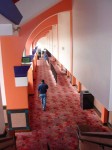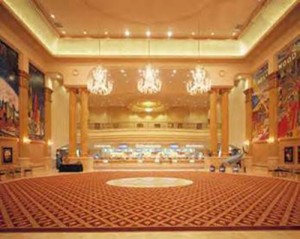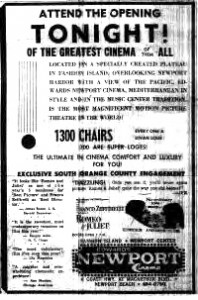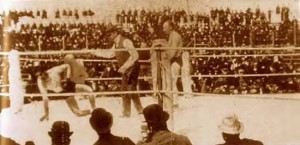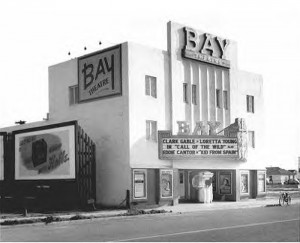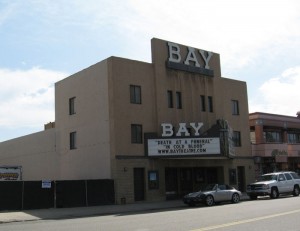.
Mention the name “Yost”, in Orange County, and most will either reference the recently reopened Yost Theatre or the venue’s many years as a Spanish language cinema. Sadly, few know of the theatre’s namesake or his former role as Orange County’s “Mr. Show Business”.
.
Born in Pennsylvania, circa 1875, Edward D. Yost entered “show business” as a mid life career change. Having spent his formative years in Kansas, operating a lucrative flour milling and cement business, Yost sold off the family’s interests and set off for California, shortly after his fortieth birthday. Arriving in the Santa Ana area, around 1917, Mr. Yost purchased Orange’s Colonial House Theater and launched a career that quickly saw him become the county’s premiere showman.
Overseeing a period that saw live vaudeville and silent films evolve in to the modern Hollywood film industry and “talkies”, Yost was a central figure in the Orange County entertainment scene throughout the 1920’s. Having added Santa Ana’s Clunes (remodeled and renamed the Yost), Temple, and West End theatres, to his portfolio, Mr. Yost had effectively cornered the county vaudeville scene and become the area’s first true cinema mogul. His namesake Yost Theatre was recognized as the vaudeville capital of Orange County, drawing top acts from the Pantages and Orpheum circuits, throughout the decade. The Broadway Theatre, which he opened in 1926, premiered Cecil B. Demille’s “King of Kings” and later introduced the county to “talkies”, screening the first motion picture with sound, “The Jazz Singer”. Yet, by the close of the decade he had come to dominate so, Mr. Yost decided to make one more career change.
.
Motivated by the decline of vaudeville and changing landscape of motion picture exhibition, Ed Yost sold off his local theatre empire and purchased a collection of apartment complexes in 1929. Far removed from his high profile days, as Orange County’s “Mr. Show Business”, Yost quietly managed these real estate holdings for another thirty five years; reluctantly retiring, around the age of 90, due to failing eyesight.
.
While Ed Yost’s achievements as a vaudeville and movie theatre operator have faded in to obscurity over the decades, his legacy remains intact. Today, one still finds “Yost” up in lights, welcoming Orange County theatre goers to the venue that bares his name.
Tags: 1 Comment






